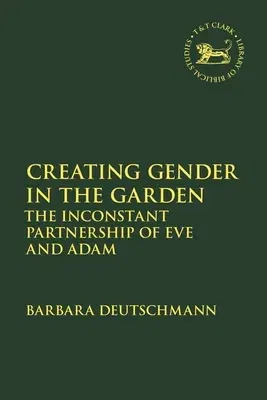Barbara Deutschmann
(Author)Creating Gender in the Garden: The Inconstant Partnership of Eve and AdamPaperback, 21 September 2023

Temporarily out of stock
Free Delivery
Cash on Delivery
15 Days
Free Returns
Secure Checkout

Part of Series
Library of Hebrew Bible/Old Testament Studies
Print Length
288 pages
Language
English
Publisher
T&T Clark
Date Published
21 Sep 2023
ISBN-10
0567704599
ISBN-13
9780567704597
Description
Product Details
Author:
Book Format:
Paperback
Country of Origin:
US
Date Published:
21 September 2023
Dimensions:
23.39 x
15.6 x
2.54 cm
Genre:
Christian
ISBN-10:
0567704599
ISBN-13:
9780567704597
Language:
English
Location:
New York
Pages:
288
Publisher:
Weight:
453.59 gm